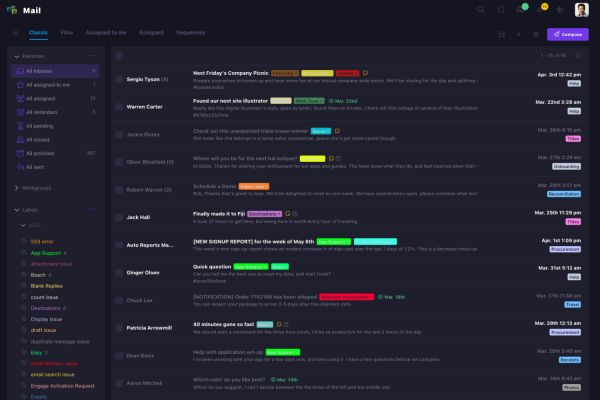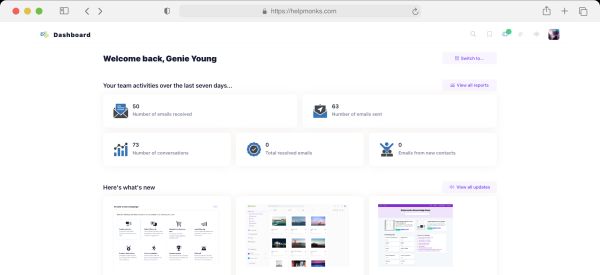
Introducing new pricing for Helpmonks
Discover Helpmonks' new pricing structure, featuring a flexible PRO plan, a FREE plan for smaller teams, and an exciting affiliate program. Experience unparalleled email management solutions today!
Read nowI’ve recently done a lot of work with Nodejs and thought I give a short installation guide on getting up and running on the Mac since there seems some confusion how to install it.
In this guide I’m using Homebrew since this is seriously the best and easiest way to install software for the Mac. Homebrew pulls downs its updates from a global repository and keeps all packages up-to-date. In the many years I’ve used Homebrew I hardly ever had any issues with it.
To install Homebrew use this (in the terminal):
[code]ruby -e "$(curl -fsSL https://raw.github.com/mxcl/homebrew/go)"[/code]
Once installed, you can simply install Nodejs with:
[code]brew install node[/code]
This install node and also adds it to your path. Thus you can simply issue “node” in the terminal. Now, in order to do some serious development with Nodejs you will also want to install NPM (which stands for Node Packaged Modules) which allows you to expand Node with, e.g. Express and many other useful packages.
Luckily, installing npm is as easy as;
[code]brew install npm[/code]
With npm installed you can now install Express. Express is the web application framework written for Nodejs. Since Express is for Nodejs we can now use npm to install express into our application. But before doing so, you should understand the difference between *global* and *local* modules.
With every Nodejs application you can install modules for the application only or install them globally, so they are available to all applications. Local modules are installed in the “node_modules” within your application folder whereas global modules will be installed in a global “node_modules” folder (within the path of nodejs itself).
In order to install a module globally you simply append the “-g” flag to your install statement. In short, for installing express globally you would do:
[code]npm install express -g[/code]
If you want to install express locally to the application you first would change to the application directory and then issue a:
[code]npm install express[/code]
As mentioned, this will create a “node_modules” folder (if not already there) and place the express module in it.
There you go. In short steps you just set up a complete web development environment.

Discover Helpmonks' new pricing structure, featuring a flexible PRO plan, a FREE plan for smaller teams, and an exciting affiliate program. Experience unparalleled email management solutions today!
Read now
Dynamic email signatures increase brand visibility, build brand identity, and boost conversions. Learn how to create and update dynamic email signatures.
Read now
Looking for an email marketing automation software? This guide shows what to look for. We'll also review the best tools for your online marketing needs.
Read now
Using customer engagement solutions helps you keep your existing customer base and grow. Here are the top 10 customer engagement solutions for your business.
Read now
Empower your team and delight your customers.
